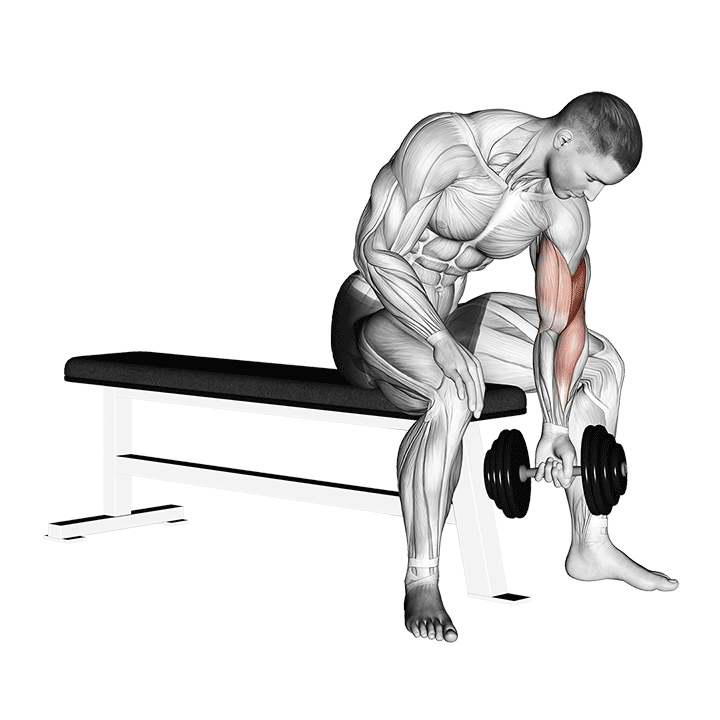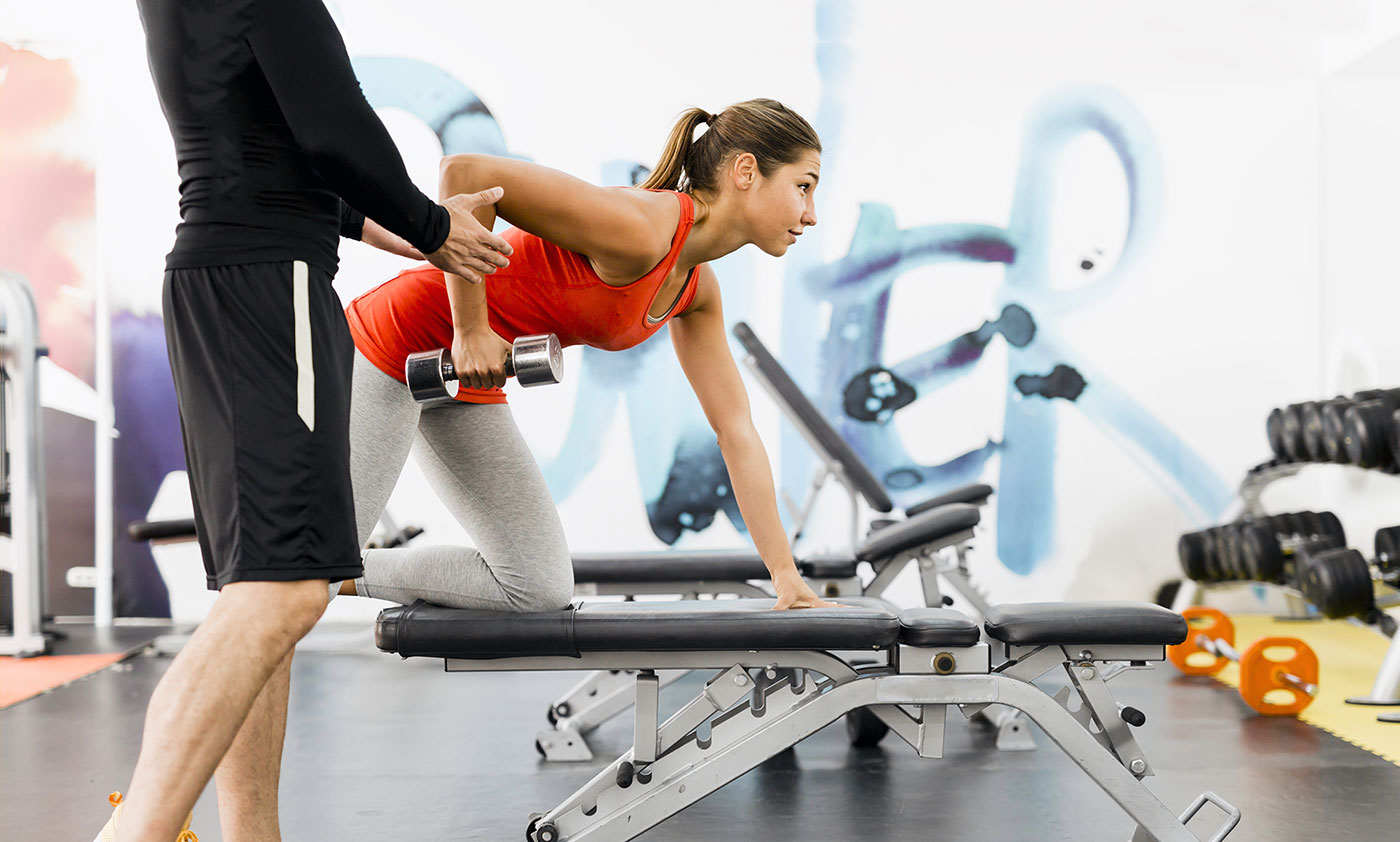When first designing a workout plan for muscle growth, many weightlifters have a tendency to incorporate a lot of routines that target specific muscle groups. This line of logic makes sense for those that want results sooner than later.
One of the main reasons individuals lift weights are for the satisfaction of seeing their efforts fruition with size-able muscle growth to their physique.
It would make sense that if the principles of progressive overload within a caloric surplus is applied, this would result in prominent amounts of lean body mass gains (see What is Progressive Overload).
However, targeting smaller muscle groups with what’s commonly known as isolation movements to accelerate muscle hypertrophy misuses the purpose of the exercise.
The hormonal response from isolation exercises are in no comparison to the potential of compound exercises, which makes workout programs with tons of isolation movements worthless for most weightlifters (see Compound vs. Isolation Exercises).
When isolation exercises are applied to routines correctly, they can vastly improve an above average physique and fix weak points that couldn’t improve otherwise.
The Best Times to Add Isolation Exercises
Isolation exercises set themselves apart from other exercises as they’re single jointed movements that target smaller muscle groups.
In the upper body these would be the muscles that aren’t used frequently on their own, such as the brachialis or the serratus muscles. An example for the lower body would be the quadriceps or the hip flexors.
Often times isolation exercises are needed to bring up muscle groups such as these if they’re not responding from a routine reiterated with heavy compound exercises.
Isolation exercises are also great to establish a mind/muscle connection with the weights, which can help breakthrough strength plateaus and effectively target lagging muscles properly.
Muscle groups may be lagging due to the two reasons above, which is why isolation movements are also the best for building supersets.
Superset exercises add an isolation exercise before a compound exercise (pre-fatigue) or after the compound movement (post-fatigue) to induce the target muscle to respond better to the stressor of the weight.
Pre-fatigue supersets are better to build a strong mind/muscle connections since the target muscle will tire faster, while post-fatigue sets allow you to lift heavier during the compound movement.
Lastly, the reason to establish isolation movements into your routine should be based on your weight training level.
You’re either classified as a beginner, intermediate, or advanced level trainer based on several factors (overall strength on big lifts, amount of years with progressive overload training, and acquired lean body mass weight).
The beginner would perform little if any isolation exercises as their little time in thegym would stimulate a great enough response from adapting compound movement training.
Intermediate and advanced lifters would incorporate more isolation movements as gains from a variety of different exercises will have tendencies to stimulate growth as time goes on.
The Wrap Up
Without building a foundation of proper strength and familiarity with one’s own body, isolation exercises can waste a lot of time. When isolation exercises are used correctly, it can sculpt the physique by helping responsiveness to your routine and assist your larger muscles’ overall growth. By incorporating single-joint movements into your routine at the appropriate times, you can make quantum leaps in your weightlifting.



Leave a Reply
You must be logged in to post a comment.